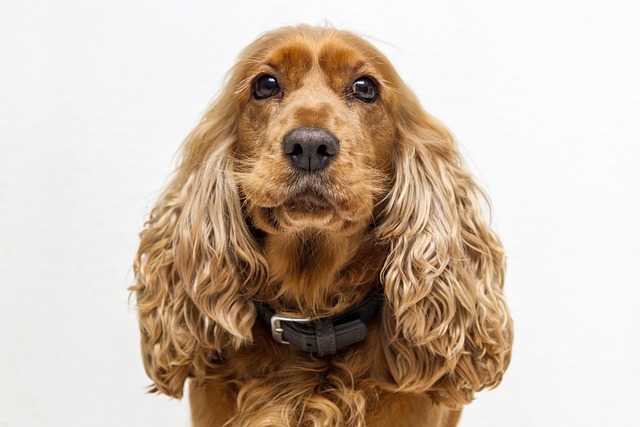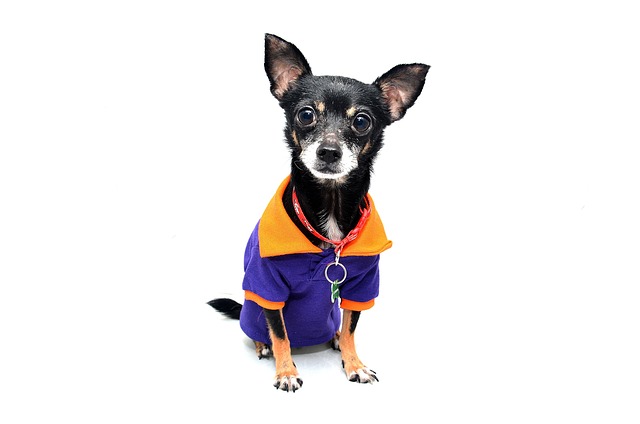
How do I stop my dog from shedding so badly?
Finding clumps of fur on your couch, clothes, and even your morning coffee mug can feel never - ending, especially if you’ve got a breed like a Golden Retriever or Husky.
You might’ve noticed your dog dragging their rear across the carpet or licking the area more than usual—and then heard someone mention “expressing glands.” It’s a common question among owners: can you do this at home, or should you leave it to a pro? The answer depends on knowing what you’re doing, and understanding the risks if you don’t.
First, let’s break down what anal glands are: small sacs near your dog’s anus that hold a smelly fluid, usually released when they poop. Sometimes these glands get blocked, causing discomfort or even infection. If you want to try expressing them yourself, start by asking your vet to show you how—many will walk you through the process during a checkup. They’ll teach you the right pressure (too hard can damage tissue) and how to tell if the glands are full, which is key to avoiding harm.
 There are times when DIY is okay, like if your vet confirms your dog’s glands only need occasional help and shows you the safe way. But never guess—using the wrong technique can lead to abscesses or ruptured glands, which are painful and might need antibiotics. Also, some areas have guidelines about at-home pet care: if a DIY attempt leads to injury, you could be held responsible for not seeking proper care, as per local animal welfare rules.
There are times when DIY is okay, like if your vet confirms your dog’s glands only need occasional help and shows you the safe way. But never guess—using the wrong technique can lead to abscesses or ruptured glands, which are painful and might need antibiotics. Also, some areas have guidelines about at-home pet care: if a DIY attempt leads to injury, you could be held responsible for not seeking proper care, as per local animal welfare rules.
Signs that your dog needs their glands checked (by a vet or groomer, not just you) include persistent scooting, a foul smell from their rear, or them yelping when the area is touched. These could mean an infection or impaction that needs professional treatment, not just a quick squeeze. Groomers often offer gland expression as part of their services, and they’re trained to spot issues you might miss—like early signs of infection that need a vet’s attention.
While it’s possible to express your dog’s glands yourself with proper guidance, it’s not always the best choice. Prioritize your dog’s comfort: if you’re nervous or unsure, let a pro handle it. Following your vet’s advice and knowing when to step back also keeps you compliant with local laws that require owners to provide safe, effective care. At the end of the day, your goal is to keep your dog pain-free—and sometimes that means leaving tricky tasks to the experts who do this every day.

Finding clumps of fur on your couch, clothes, and even your morning coffee mug can feel never - ending, especially if you’ve got a breed like a Golden Retriever or Husky.

I’ll start with a worrying scenario of a new owner overlooking gear safety for their pup, highlight key camping gear hazards (choking, overheating, injury), explain how to avoid them

I’ll start with a relatable scenario of a new owner struggling to pick camping gear for their small pup, explain why small dogs have unique needs

I stood in my friend Jake’s Boston outdoor store last month, watching him stare at a wall of dog camping gear—puzzled, holding a flimsy-looking bed and a frayed leash.

I’ll start with a relatable scenario of a new owner concerned about their pup’s sudden ear itching, explain common causes (like infections or allergies) using canine ear anatomy

Watching your puppy bounce toward the door, eager to explore the world outside, is one of the sweetest parts of being a pet parent—but it’s key to wait until their vaccines are working fully.